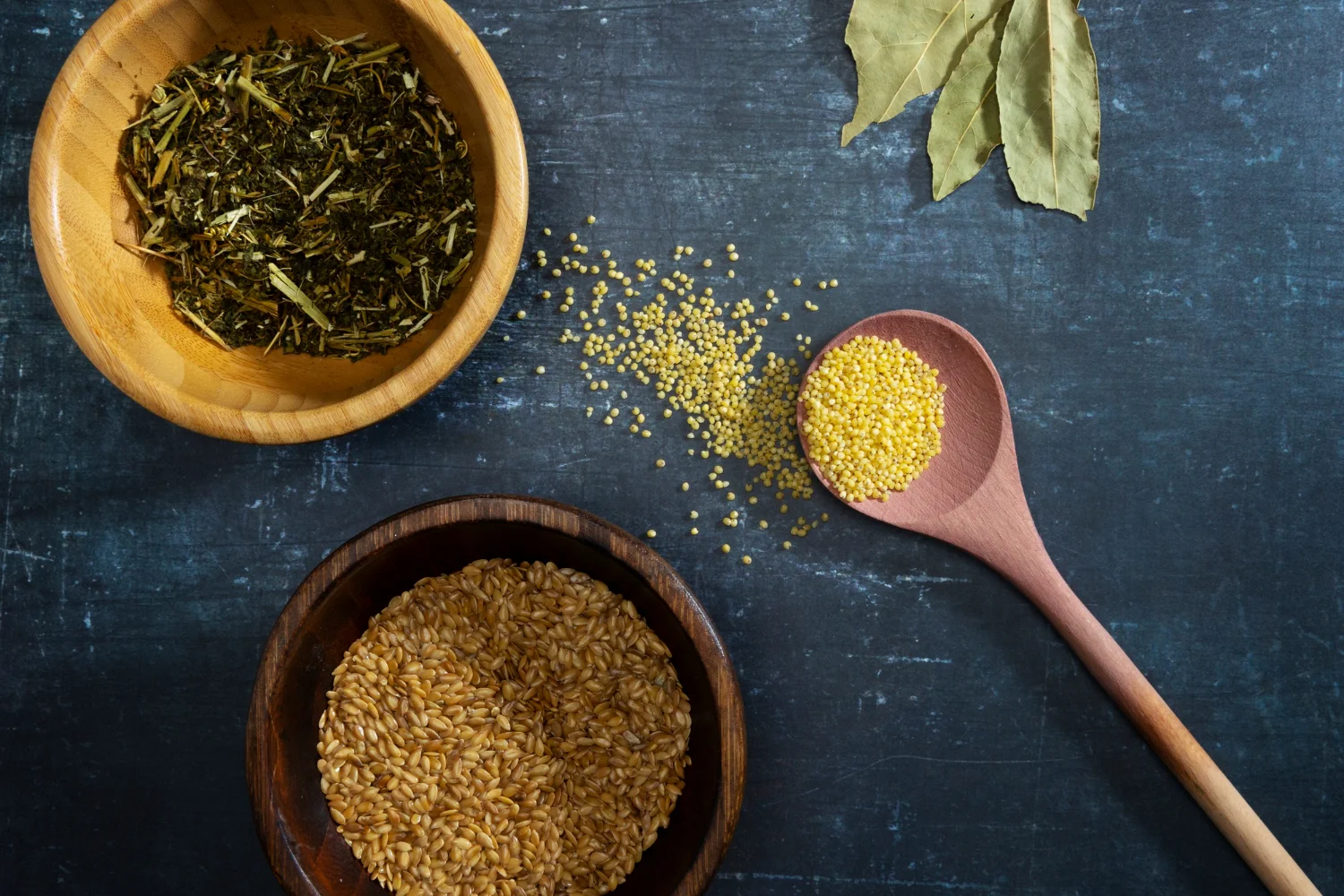It was a warm, sunlit morning in a bustling market where a woman, eyes twinkling with excitement, approached a vendor with a familiar smile. As she lifted the small, green, fragrant leaves to her nose, she could instantly identify the powerful aroma of koriandri. For her, it wasn’t just a spice; it was a connection to her heritage, a burst of flavor that tied together her meals with stories from generations past. Koriandri, commonly known as coriander, has found its way into kitchens worldwide. From garnishing everyday meals to spicing up traditional dishes, this herb carries with it more than just a pleasant fragrance; it holds centuries of culinary significance.
What is Koriandri?
Koriandri, scientifically known as Coriandrum sativum, is a versatile herb used in various cuisines globally. Its leaves are popularly known as cilantro, and its seeds are referred to as coriander. The plant is native to regions in Europe, North Africa, and Southwestern Asia. Koriandri has been used for centuries not just for culinary purposes but also for medicinal purposes. It adds a fresh, citrusy flavor to dishes, making it a staple in kitchens around the world.
Types of Koriandri: Leaves vs Seeds
While koriandri refers to both the leaves and the seeds of the plant, there’s a clear distinction between their uses in cooking. The leaves, known as cilantro, are fresh and herbaceous, while the seeds, known as coriander, offer a warm, spicy, and slightly citrusy flavor when ground. These two forms of koriandri are indispensable in different types of dishes, with the leaves being a favorite garnish and the seeds a key spice in various spice blends.
Nutritional Value of Koriandri
Koriandri offers more than just flavor. It’s also packed with nutrients. The leaves are an excellent source of vitamins A, C, and K, and they contain essential minerals such as calcium, potassium, and magnesium. The seeds also provide fiber, antioxidants, and essential oils that have health benefits. Whether you’re using koriandri for flavoring your food or to enjoy its health benefits, it’s an herb that brings both taste and nutrition to the table.
The Culinary Journey of Koriandri
Across cultures, koriandri has remained a staple ingredient in many dishes. Its versatility can be seen in how it complements various flavors and enhances the overall taste profile of meals. From Mexican salsas to Indian curries, coriander can be found in countless culinary traditions.
Koriandri in Traditional Dishes
In Indian cuisine, coriander is used extensively in chutneys, curries, and rice dishes. It’s common to see fresh cilantro leaves sprinkled over a bowl of biryani or mixed into a cooling yogurt-based raita. Coriander seeds are often found in garam masala, the heart of Indian spice blends. In Mexican dishes, cilantro adds a zesty flavor to salsas, tacos, and guacamole. It’s often paired with lime to elevate the dish’s freshness. The plant’s adaptability makes it a favorite in both raw and cooked forms.
Koriandri in Contemporary Cooking
In recent years, the use of koriandri has expanded beyond traditional dishes. Modern chefs experiment with both the leaves and seeds in salads, soups, and even cocktails. Its ability to bring balance to spicy, rich, and tangy foods has made it an essential component in contemporary cuisine.
Health Benefits of Koriandri
Beyond its culinary uses, koriandri offers several health benefits that have made it a popular herb in natural medicine. Its antioxidants and antibacterial properties make it a powerful ally in the fight against inflammation and infections.
Digestive Health
Koriandri has been traditionally used to aid digestion. Both the seeds and leaves are believed to have properties that can help soothe an upset stomach. The essential oils in the plant stimulate the production of digestive enzymes, which can help break down food more efficiently.
Antioxidant and Anti-Inflammatory Properties
Koriandri’s seeds contain compounds known to have antioxidant and anti-inflammatory effects, which can help reduce the risk of chronic diseases. These properties have made it a valuable herb in supporting overall health and wellness.
The Symbolism and Cultural Significance of Koriandri
Across the world, koriandri holds significant cultural meaning. In some regions, it’s considered a symbol of prosperity and good fortune. In ancient civilizations, it was even believed to have mystical properties, with some cultures using it as a remedy for ailments or a charm to ward off evil spirits.
How to Grow Koriandri at Home
For gardening enthusiasts, growing coriander at home is a rewarding experience. This herb thrives in warm weather and requires plenty of sunlight. It’s relatively easy to grow from seed, and with the right conditions, it can yield fresh, aromatic leaves in no time. Whether you grow it in your backyard or on a windowsill, having fresh koriandri on hand is an excellent way to add flavor to your meals.
Tips for Growing Koriandri
- Soil and Watering: Koriandri prefers well-drained soil and requires regular watering. However, it’s essential to avoid overwatering, as this can lead to root rot.
- Sunlight: Ensure that your plant receives at least 4–5 hours of sunlight per day.
- Harvesting: Harvest the leaves once they are large enough. If growing coriander seeds, allow the plant to flower and the seeds to ripen before collecting them.
Conclusion: Embracing the Magic of Koriandri
Koriandri is more than just an herb, it’s a global symbol of culinary innovation and a testament to the power of nature’s offerings. Whether used as a garnish, in spice blends, or for its medicinal properties, koriandri brings both flavor and function to the table. Its versatility, coupled with its health benefits, ensures its place in kitchens worldwide for generations to come. Embrace the magic of koriandri and allow it to elevate your dishes and well-being.



